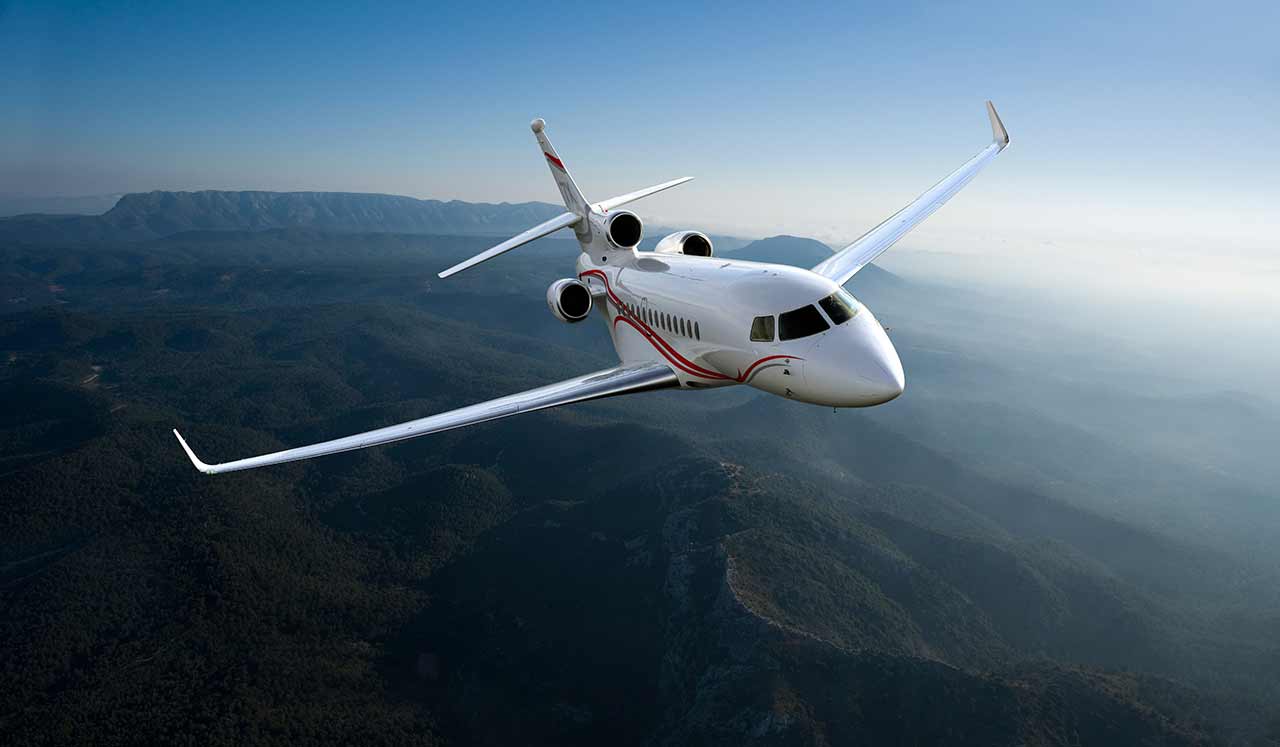
The pilot shortage’s affect on business aviation was a big topic of discussion at a recent Chicago Area Business Aviation Association meeting. Dassault
Much has been written recently trying to answer the question of why too few young people seem interested in a flying career. At a recent meeting of the Chicago Area Business Aviation Association at PWK, the topic popped up again, except this time around it all focused on Biz Av.
Aviation department managers I spoke to said they’re worried about the future, of course, but are also struggling with finding good people today. I heard stories of companies operating business jets borrowing crews for a day here and there in order to make their schedules work and, later, swapping out some of their own crews to pay back that generosity. But these are short-term solutions.
In days gone by, contract pilots added the flexibility most business aviation flight departments needed. But contract flying can be an expensive way to make a living for pilots because they’re responsible for their own initial or recurrent training costs, often costing tens of thousands of dollars a year. Some flight departments are so hungry these days for the reliable talent needed to get them through the month that they’ll often take the unusual step of covering recurrent training expenses for a pilot in order to gain and maintain their scheduling loyalty.
How We Got Here
But this problem didn’t just pop up out of nowhere. Business aviation has to a degree created some of this chaos themselves over the years through the never-ending desire to remain out of the mainstream view and essentially low key to passersby. So well has the industry accomplished that mission, that many young people don’t even know business aviation exists, much less that it offers many well-paying jobs.
And now business aviation's competing with the airlines for pilots, making the problem even worse. Fat raises with benefits often aren't enough to keep pilots from bailing out for American, Delta, Southwest or United, especially when they read news from shows like Dubai where airlines ordered record numbers of new aircraft. Business aviation offers some mighty well-paid flying jobs however. Using companies with between $100 million and $500 million in annual sales, the NBAA salary survey shows a first officer's average salary beginning at $66,000 per year, while a captain might expect about $105,000. With longevity, a senior corporate captain flying a large aircraft in the Gulfstream G650, or Falcon 8X range, might average $177,000. Once a pilot climbs to the management ranks as a chief pilot, for example, salaries can average $250,000 annually. Despite solid salaries and benefits, the draw of larger airplanes and line-pilot salaries between $200,000-300,000 at the airlines can be tough to match.
Unfortunately, the shortage is going to become worse before it gets better. According to Boeing, the industry as a whole will over the next 20 years will require an unbelievable 637,000 commercial pilots around the world, 117,000 of whom will be needed here in the U.S. alone.

Sign-up for newsletters & special offers!
Get the latest FLYING stories & special offers delivered directly to your inbox






